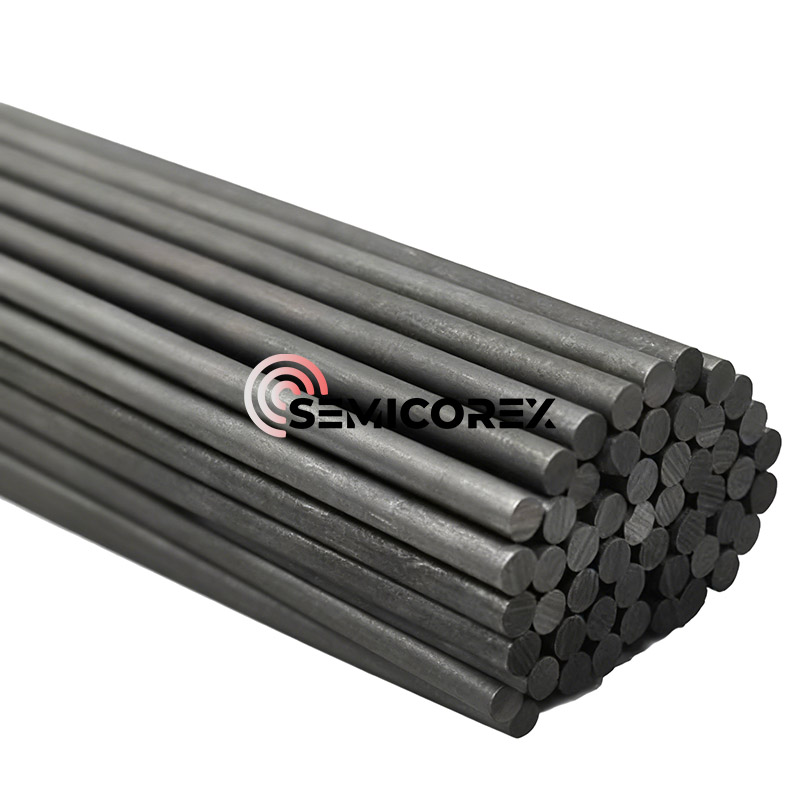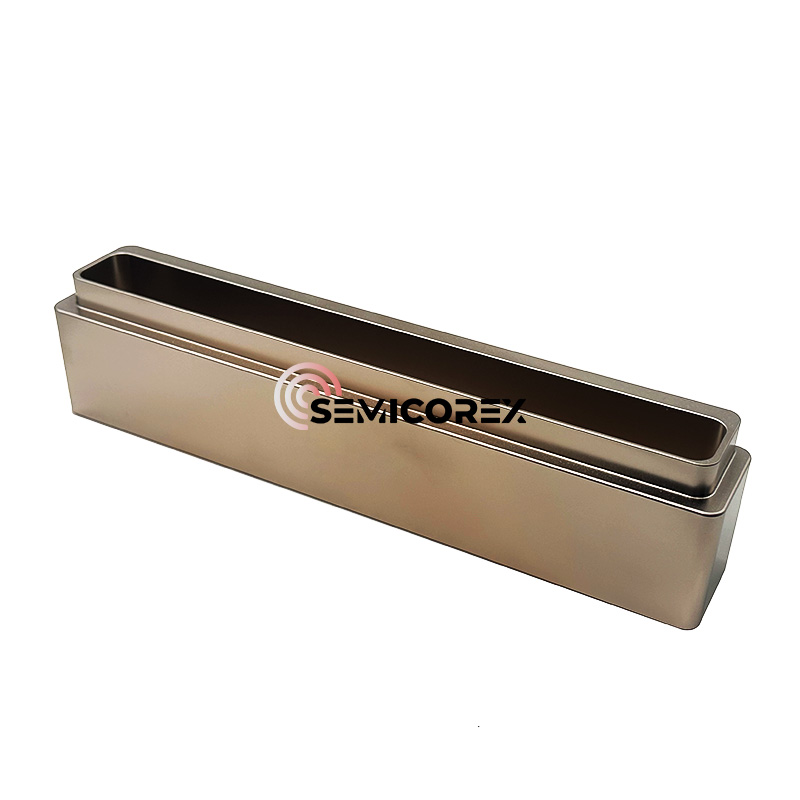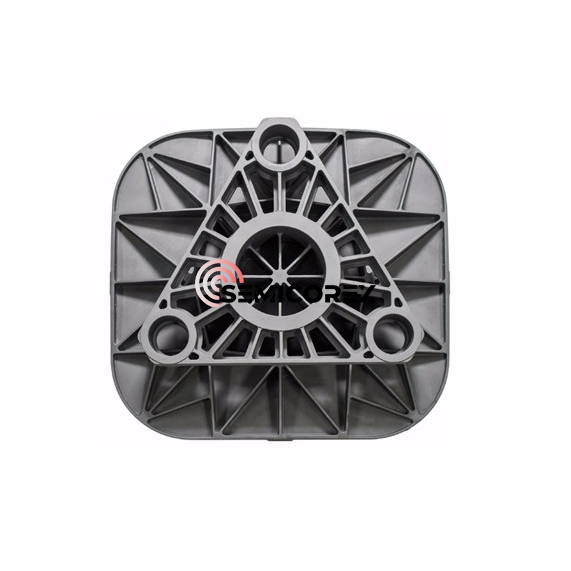
- English
- Español
- Português
- русский
- Français
- 日本語
- Deutsch
- tiếng Việt
- Italiano
- Nederlands
- ภาษาไทย
- Polski
- 한국어
- Svenska
- magyar
- Malay
- বাংলা ভাষার
- Dansk
- Suomi
- हिन्दी
- Pilipino
- Türkçe
- Gaeilge
- العربية
- Indonesia
- Norsk
- تمل
- český
- ελληνικά
- український
- Javanese
- فارسی
- தமிழ்
- తెలుగు
- नेपाली
- Burmese
- български
- ລາວ
- Latine
- Қазақша
- Euskal
- Azərbaycan
- Slovenský jazyk
- Македонски
- Lietuvos
- Eesti Keel
- Română
- Slovenski
- मराठी
- Srpski језик
China Quartz Manufacturers, Suppliers, Factory
Quartz is a mineral composed of silicon dioxide, with the chemical formula SiO2. Pure quartz is colorless and transparent, but can appear in various colors due to trace amounts of pigment ions, finely dispersed inclusions, or the presence of color centers, which reduces its transparency. It has a vitreous luster and a greasy sheen on the fracture. Quartz products are widely used in semiconductor manufacturing, and high-purity quartz products are important consumables in wafer production.
The manufacturing process for quartz products is very complex. Quartz sand is first melted and smelted into quartz ingots, which are then heat-formed and cold-processed into quartz products. Based on the process and processing technology, quartz products can be divided into two types: fire-processed and machine-processed. Fire-processing is primarily used in the photovoltaic industry and has lower profit margins. Machine processing relies on different methods and combinations to complete shaping and polishing, primarily producing high-value-added products that require high consistency and stability, and is often used in the semiconductor industry.
Quartz components used in semiconductors can generally be divided into high-temperature and low-temperature components, respectively used in high-temperature processes such as diffusion and oxidation, and low-temperature processes such as etching, packaging, photolithography, and cleaning. Quartz components used in high-temperature processes, as they must operate continuously for hours at temperatures exceeding 1,000 degrees Celsius, require high-temperature resistance, excellent thermal stability, and resistance to deformation. The presence of hydroxyl groups alters the bonding structure of silicon dioxide, the primary component of quartz products, thereby reducing the material's thermal stability and significantly diminishing its high-temperature resistance. Therefore, quartz components used in high-temperature processes require dehydroxylation. Furthermore, these components must exhibit corrosion resistance, excellent light transmittance, and low impurity content. Quartz components used in low-temperature processes, on the other hand, do not require high-temperature processing, so the hydroxyl content of the quartz material is not a requirement.
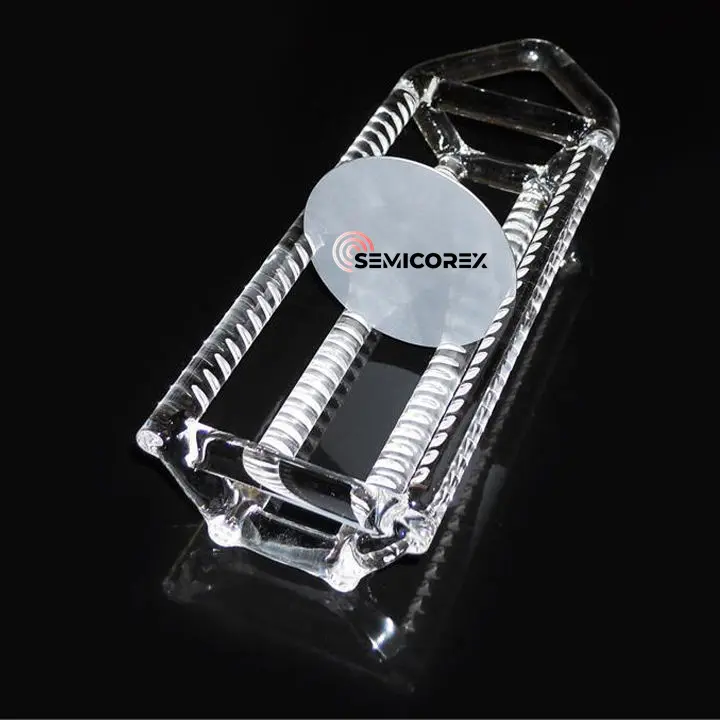
Quartz Boat
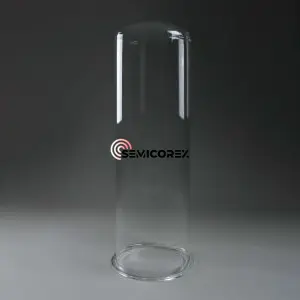
Quartz Tube
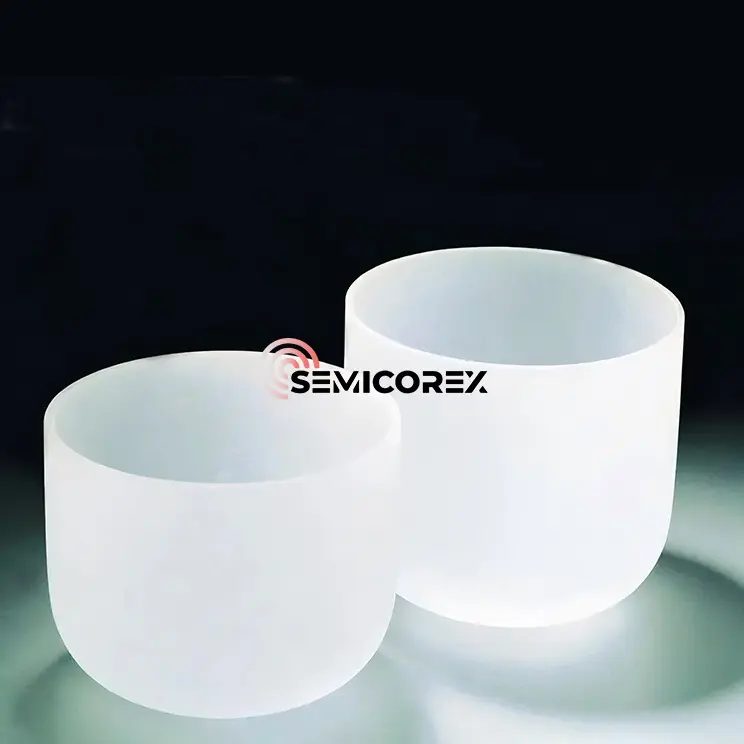
Quartz Crucible
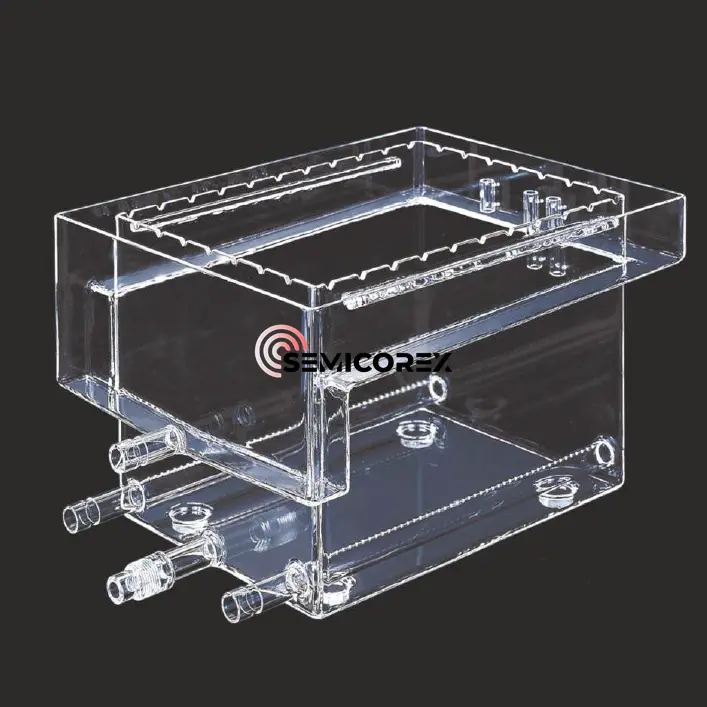
Quartz Tank/Bath
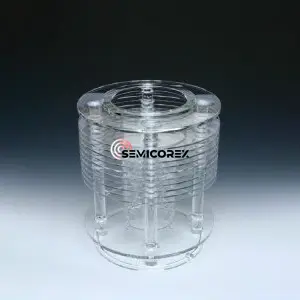
Quartz Pedestal
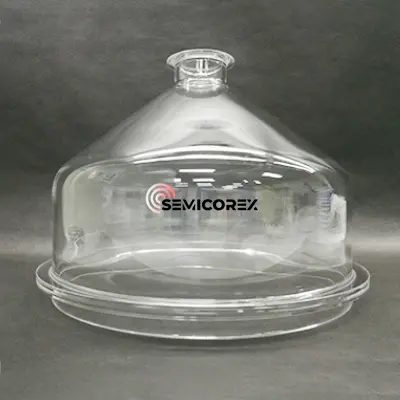
Quartz Bell Jar
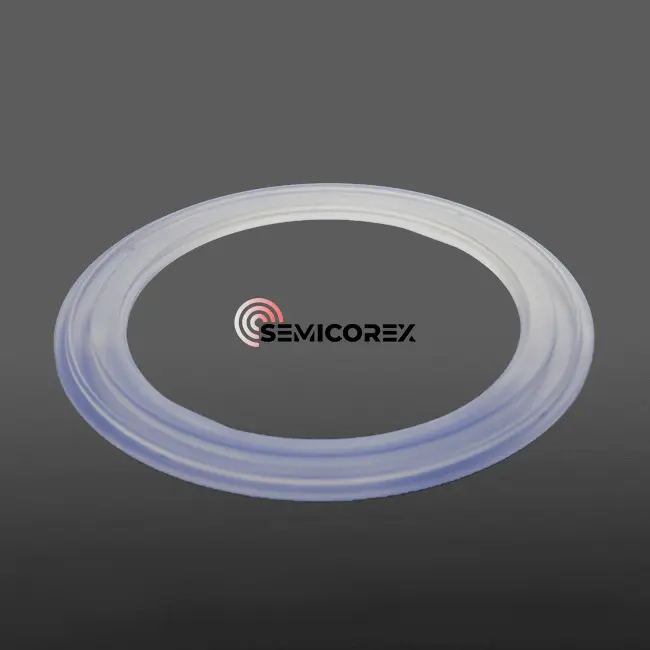
Quartz Ring
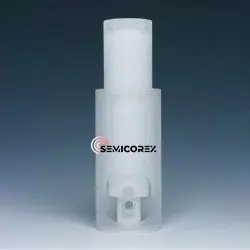
Other Quartz Parts
- View as
Quartz Crucible
Semicorex quartz crucible is designed for use in the single-crystal growth of semiconductor materials, ensuring optimal performance and crystal quality. Choose Semicorex for our superior craftsmanship, precision engineering, and commitment to delivering products that meet the highest industry standards.*
Read MoreSend InquiryQuartz Wafer Boat Bracket
Semicorex Quartz Wafer Boat Bracket is an indispensable component in the production of semiconductor wafers and photovoltaic cells, offering exceptional material properties and design features, ensuring wafer stability, and improve process outcomes.
Read MoreSend InquiryQuartz Chamber
Semicorex Quartz Chamber is an indispensable asset in the etching processes of semiconductor manufacturing and other high-tech industries. With its unique features and broad application range, it delivers superior performance and reliability. By choosing Semicorex’s Quartz Chamber, you are ensuring the highest quality etching results, backed by our unwavering commitment to innovation and customer support. Elevate your etching processes today with our advanced Quartz Chamber technology.*
Read MoreSend InquiryQuartz Thermos Bucket
Semicorex Quartz Thermos Bucket is an essential tool designed for effective insulation in the semiconductor industry. This innovative product is engineered to maintain the temperature of critical materials and solutions, ensuring optimal performance during manufacturing processes. With its unique construction and advanced materials, the Quartz Thermos Bucket is an indispensable asset for companies aiming to enhance their operational efficiency and product quality.*
Read MoreSend InquiryHigh Purity Quartz Bell Jar
Designed to offer unparalleled performance in extreme conditions, Semicorex High Purity Quartz Bell Jar combines exceptional material properties to meet the stringent demands of semiconductor manufacturing.**
Read MoreSend InquiryFused Quartz Pedestal
The Fused Quartz Pedestal, is specifically designed for use in Atomic Layer Deposition (ALD), Low-Pressure Chemical Vapor Deposition (LPCVD), and diffusion processes, ensuring uniform deposition of thin films on wafer surfaces.**
Read MoreSend Inquiry
